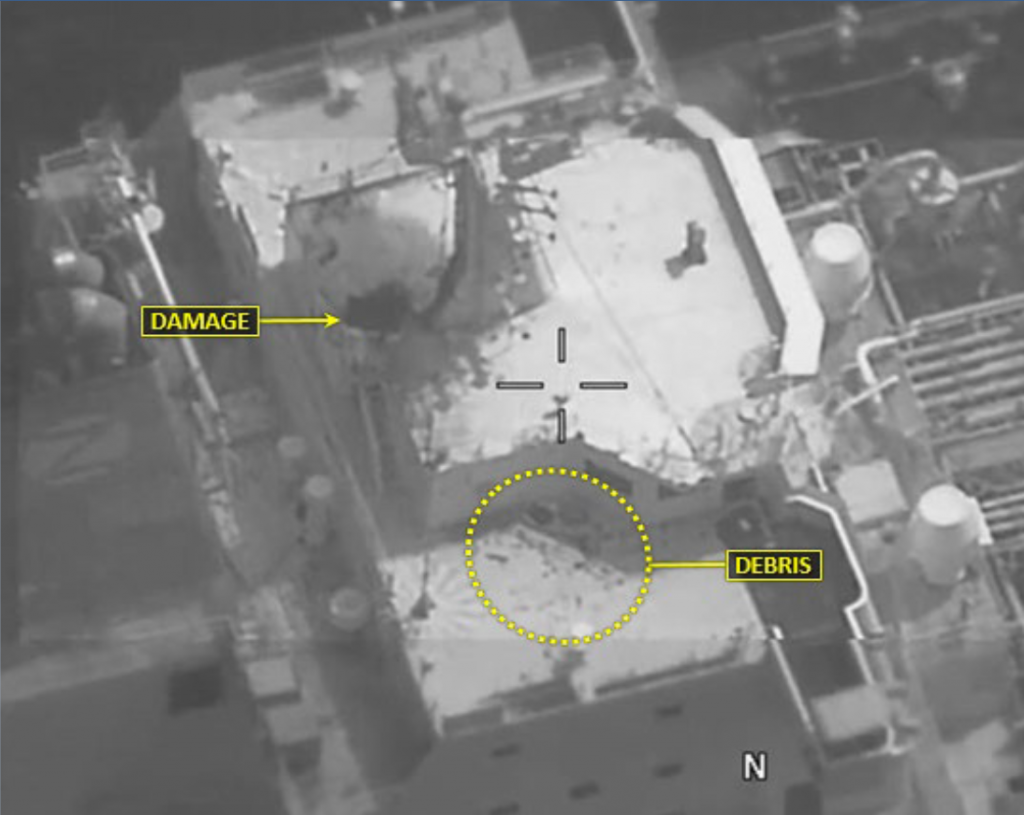UPDATED: Pentagon Walks Back Claims Mercer Street Attack UAVs Launched From Yemen
Pentagon spokesperson John Kirby attempted on Tuesday to walk back claims made by Deputy Assistant Secretary of Defense for the Middle East, Dana Stroul, that the suicide UAVs used in the attacks on the Mercer Street tanker had been launched from Yemen. Stroul had made the comments during Senate testimony, saying that she could confirm media reports Senator Todd Young had read that claimed the Iranian-made UAVs used were launched from Yemen.
On Twitter, Kirby said that:
During today’s testimony, DASD Dana Stroul did not confirm MERCER STREET UAV attack emanated from Yemen. She referred to Friday’s G7 statement & CENTCOM investigation which clearly attributed the attack to Iran but made no mention of a direct tie to Yemen.
The United States Central Command investigation in question stated that the Mercer Street had been unsuccessfully attacked twice by Iranian-made unmanned aerial suicide vehicles in international waters off the coast of Oman, a day before a third attack on 30 July that killed the ship’s master and a security officer.
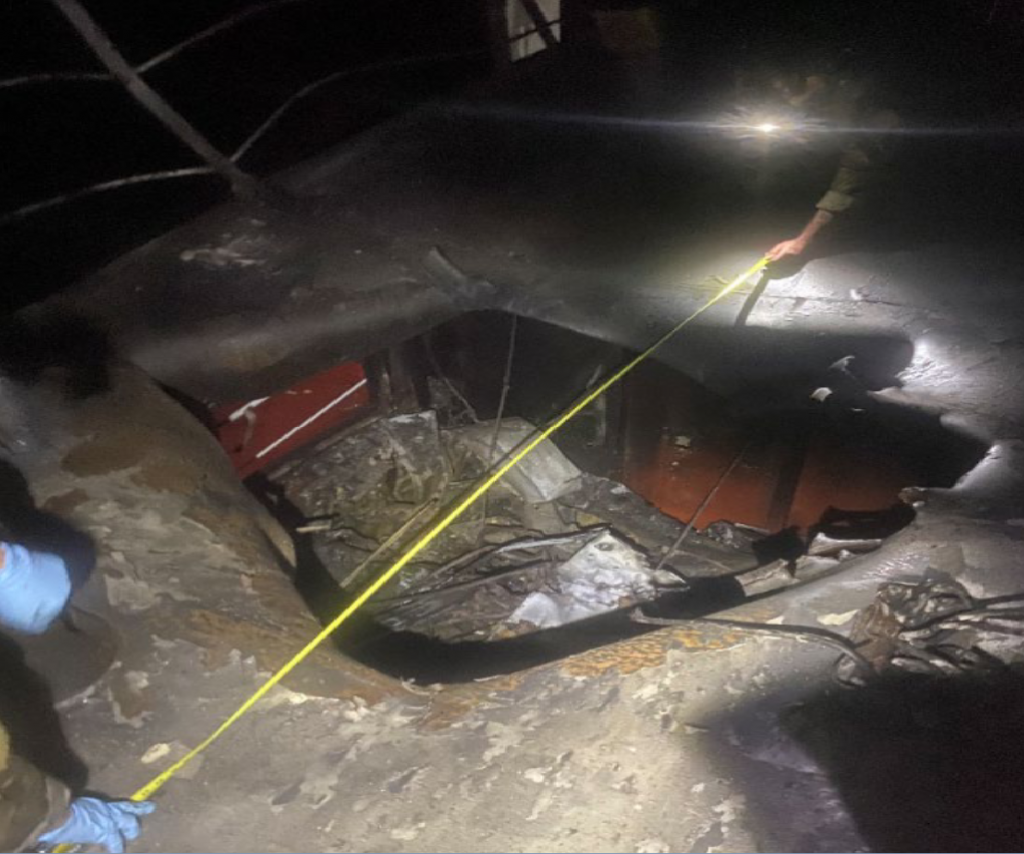
In a 4 August statement, Central Command said that an expert explosive investigation team from the USS Ronald Reagan had embarked on the Mercer Street following the 30 July attack, examining the evidence and interviewing surviving crew members. The investigation team “found credible” crew statements that the Mercer Street had already come under attack twice by suicide UAVs on the evening of 29 July, and that the crew had made distress calls following the attack, with Mercer Street crew members able to recover wreckage of at least one UAV after the attacks failed.
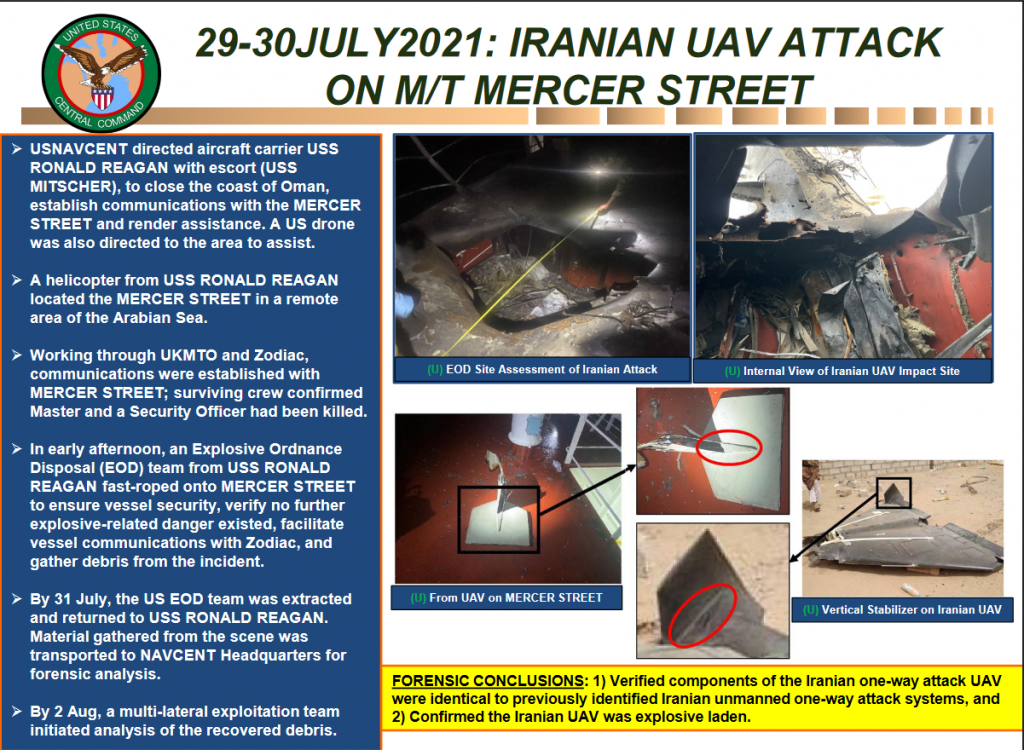
Central Command also released photographs of the damage to the Mercer Street in a presentation. Central Command spokesperson U.S. Navy Captain Bill Urban said that the 30 July attack required “calculated and deliberate retargeting of M/T Mercer Street by Iran”, with the detonation of the UAV’s explosives creating an approximately 6-foot diameter hole in the topside of the pilot house and badly damaging the interior, killing the Romanian master of the ship and a British security officer.
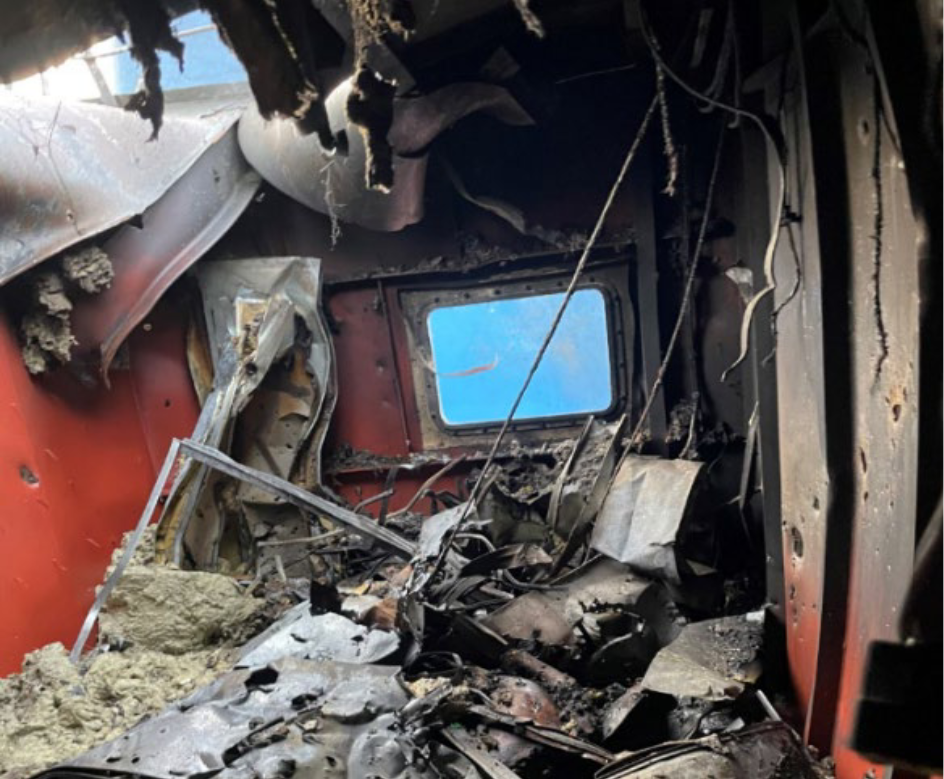
Explosive chemical testing identified the explosive payload of the UAV as RDX, with Central Command stating that this indicated that the UAV “had been rigged to cause injury and destruction”. The investigative team was also able to recover fragments of the UAV, including a vertical stabilizer and internal components. Central Command claims that the fragments are “nearly identical” to previously collected examples from Iranian-made, delta-winged suicide UAVs, noting that Iran and its regional proxies have displayed and used such UAVs since 2014. Central Command added that the distance from the Iranian coast to the locations of the attacks was within the range of documented Iranian UAVs of the type.
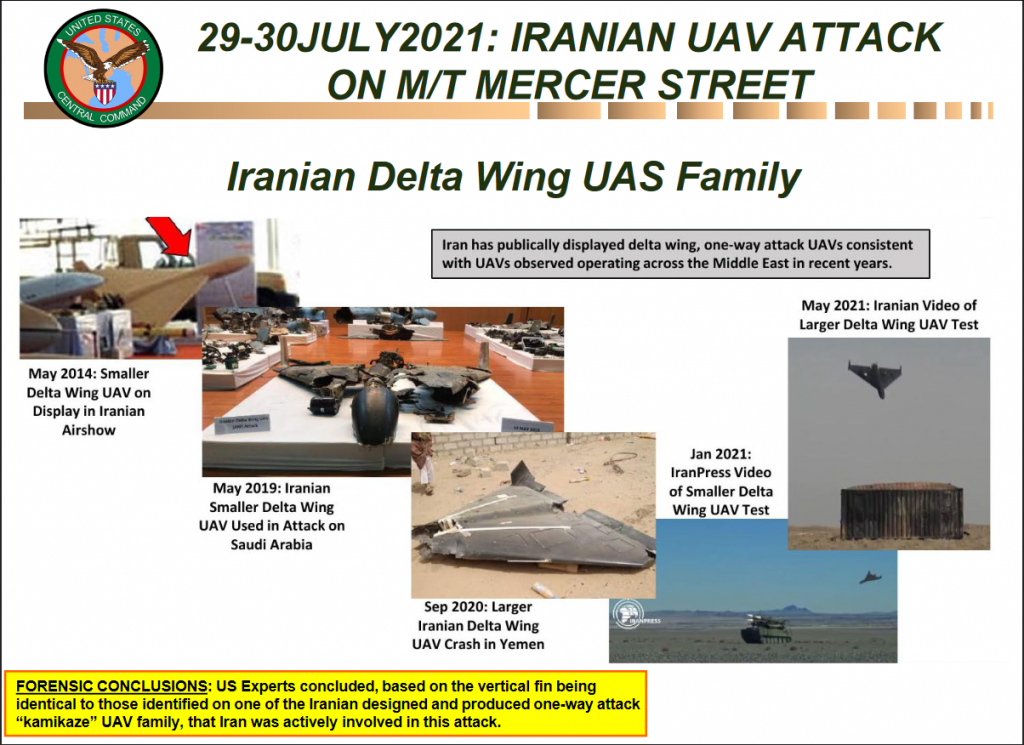
Following on-site analysis, Central Command says some of the material was transferred to U.S. Fifth Fleet headquarters in Manama, Bahrain, and subsequently to a U.S. national laboratory for further testing and verification. U.K. explosives experts were given access to recovered material at Fifth Fleet headquarters, while evidence was shared virtually with Israeli experts, with both said to concur with U.S. findings that the drone was made in Iran.
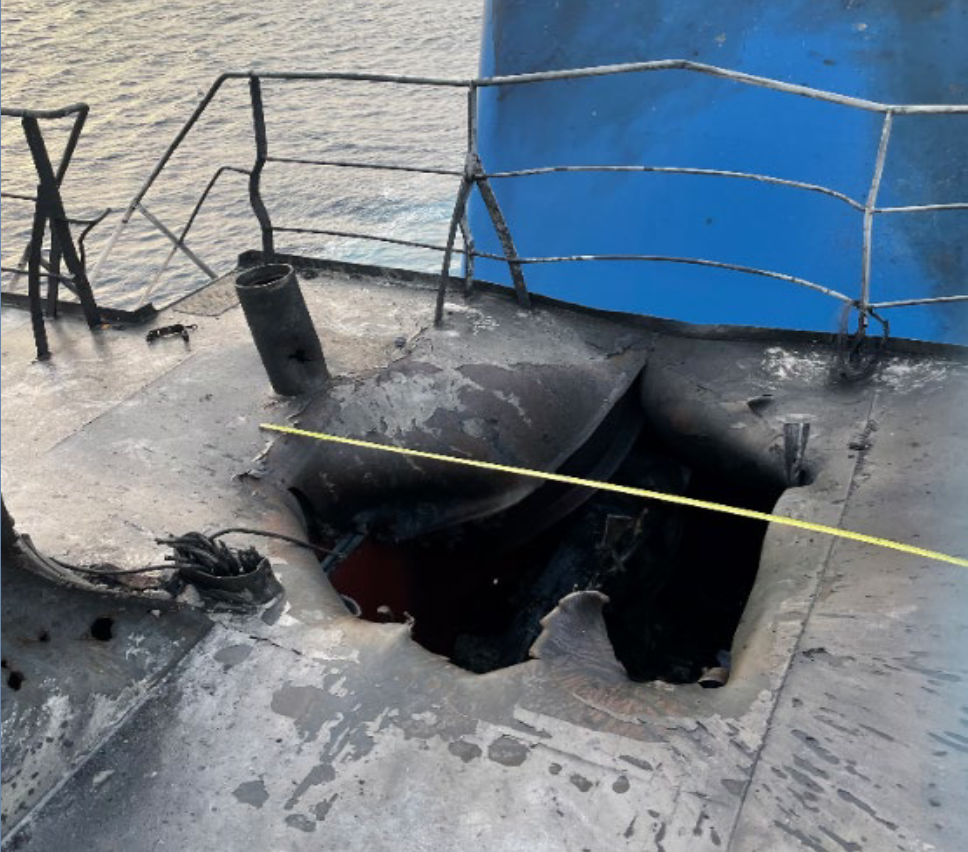
The G7 countries issued a joint statement condemning the Iranian attack on 6 August, saying that there was “no justification” for the “deliberate and targeted” attack, describing it as a violation of international law. Iran continues to deny any involvement in the attack, with foreign ministry spokesperson Saeed Khatibzadeh instead accusing Israel of conspiring to undermine Iran diplomatically.

